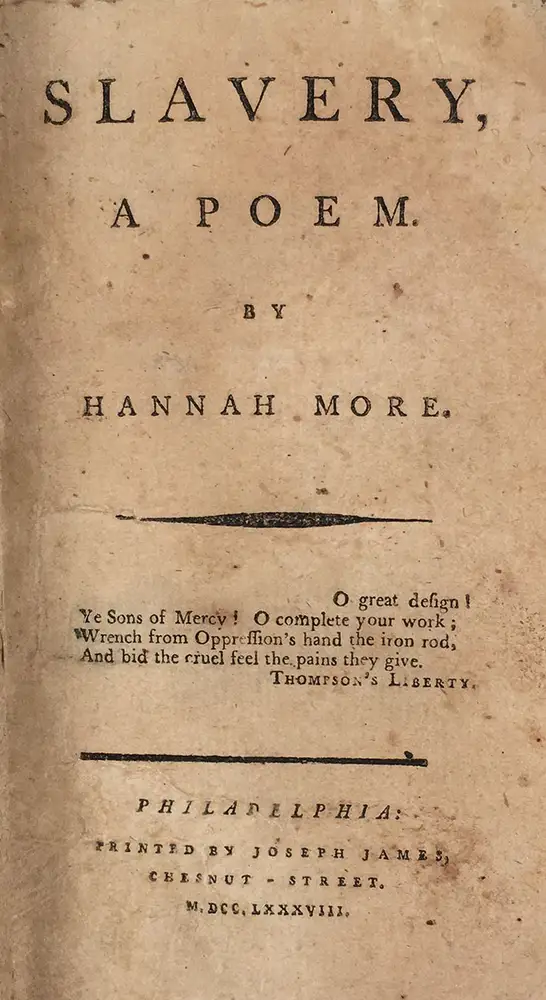Fighting Injustice With Art and FaithNäide

Literature has a profound capacity not just to reflect the present, but to see what people and societies must do to to become more just.
Poets, as Percy Shelley famously described, can be "the unacknowledged legislators of the world." They can articulate a vision of a better future, even decades before that vision becomes a reality through legal and societal change.
The prophetic role of art encourages us to imagine a world free from injustice.
Historical Highlight:
Hannah More's poem Slavery was not just an emotional appeal but an intellectual argument made with the reading public. She purposefully used her creative writing to urge people to stand against injustice.
Years before it actually happened, her poem envisioned that the entire nation of Great Britain would put an end to the transatlantic slave trade. Her words painted a picture of freedom, long before it arrived: "Oppression's fall'n, and Slavery is no more!".
Action Point:
Take a moment to dream of a world where human trafficking or another injustice is abolished. What does that world look like? What aspects of justice and freedom are most vivid to you? Write down or mentally capture this vision, allowing it to fuel your prayers and actions.

Pühakiri
About this Plan

Long ago, a writer named Hannah More used her poems to help end slavery. Another writer, Alexandr Solzhenitsyn, wrote stories that showed how terrible forced labor was in his country. Just like them, today's artists can use the gifts God has given them combined with the truth of God's word to make a difference in the world. This plan will encourage you to use your God-given talents to stand up for truth and help others in need.
More
Related Plans

Affirmations for Singles

Help, I'm Stuck!

Set Free: a Journey Through Galatians

The Silent Struggle of Comparison

The Bible in Song - 30 Days of Scripture Music

Why I Believe

When Anger Strikes

Africa and the Bible From a to Z

Centered on Christ - Dwelling in His Divine Purpose
